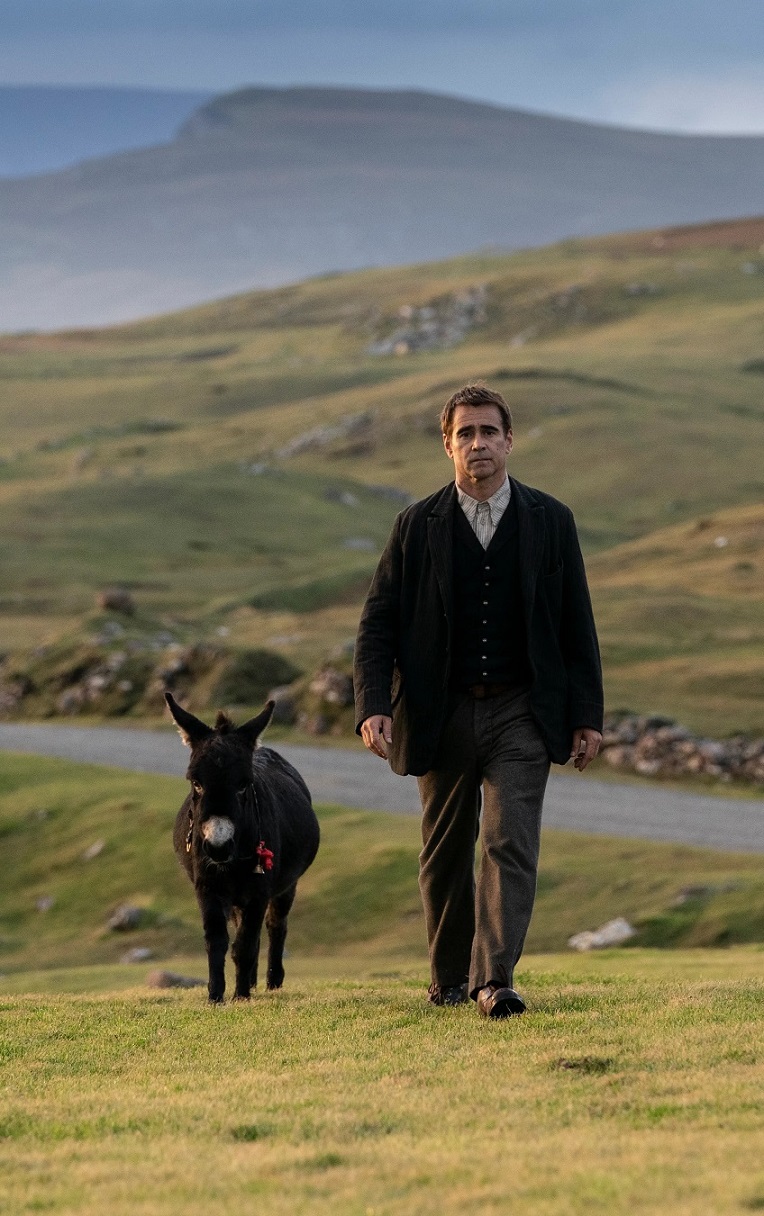Introduction
Ireland and its people have been renowned for their storytelling since before time. Through various methods, it’s no surprise they’re successful at telling these stories through film. For years the US and the UK have dominated the film industry. Still, while Ireland (both north and south) has been a prime filming location, the appreciation of its actors and filmmakers has only been something we’ve seen in the past couple of years.
From the two hundred and ninety-three award nominations and one hundred thirty-three wins for The Banshees of Inisherin (2022) to Paul Mescal and Andrew Scott’s ongoing sweep from their recent film All Of Us Strangers (2023). It’s clear that Ireland is taking up some of the spotlight.
A Turning Point
The turning point of when Irish film began to gain international success can be debated. Some may say that this started with the popularity of The Banshees of Inisherin, starring Colin Farrell and Brendan Gleeson. It’s suggested that Gleeson and Farrell’s enthusiasm for Irish stories and films always boosts the demand for Irish films despite being big Hollywood names. Frances Wilde, with the Irish Film Institute, stated:
“Brendan Gleeson is an interesting one. And he’s been around for so long. He’s such a linchpin of Irish stories. But then he is also able to go off and do the Hollywood thing”
Others suggest the success of the Irish language film Arracht (2019) as what started the ball rolling for a push in Irish language films and Irish stories in film. It won eight awards and was the start of recognition for films of its kind. This recognition came again with An Cailin Ciuin (The Quiet Girl). Nominated for best international feature film at the 2023 Academy Awards, it was well-loved across audiences in Ireland. Frances Wilde reflected on its success:
“Last year was so special and the year before because of An Cailin Ciuin, at the IFI that was the longest-running film we’ve ever had it was so successful for us”
Politics and Film
Of course, the arts and media often reflect politics within a country. As such, there’s no doubt there may be a correlation with the recent Irish ‘Language Act,’ passed in Northern Ireland in 2022. Backing this up is Kneecap The Movie by West Belfast ‘rap’ group Kneecap. Their film features the Irish language and encourages a United Ireland between the Republic and Northern Ireland. It won the audience award at the Sundance Film Festival. While not out in the UK and Ireland yet, the IFI managed to get a sneak peek, which Frances Wilde tells us about:
“The kneecap film was so so good. It’s really, really, really amazing. It’s taken off and been so successful for audiences here in Dublin. And there’s something really special about storytelling in film that uses the Irish language. But what The Kneecap film does really well is it uses that culture and storytelling and history and the political aspects of language, and makes it really fun as well and really accessible. It’s a film that’s absolutely going to play well for younger people. And it makes it cool. So, it’s all about the whole idea of like, living history and trying to engage with Irish as a living language”
The Irish language in film hasn’t been the only successful aspect to come out of the Irish film industry. Irish actors have been popping up across different films and winning awards. Paul Mescal has risen from the TV series Normal People to win acclaim for his recent films Aftersun (2022) and All Of Us Strangers (2023). Also, Cillian Murphy’s Oscar-winning performance in Christopher Nolan’s Oppenheimer (2023) had a huge impact on the Irish film industry. Let’s also not forget other actors such as Barry Keogan and Andrew Scott. Both are gaining popularity on the big screen.
A Positive Light
In addition, the popularity of Irish actors and their achievements in their work has helped put Ireland on the map for other actors where once they may have been overlooked or even branded as ‘not Irish.’ Frances Wilde elaborated on this point:
“I think there’s a tendency for UK media to, claim Irish talent. Or also for artists only to be picked up by the Irish media, once they’ve achieved big success. So, Saoirse Ronan would probably be pitched as an American if it wasn’t for the fact that she’d been really successful and always references back to Ireland”
Additionally, this boosts encouragement of the arts and acting within Ireland as aspiring actors see themselves positively represented on stage and TV. Emma Mccusker, who studies drama and is an aspiring actress from Ireland stated:
“The rise of popular Irish actors as of late has actually been really interesting to me! Usually seeing that a cast member is quite a rare thing but seeing actors like Cillian Murphy be so publicly proud of his heritage and being a significant voice for Irish actors actually makes me quite hopeful for the future.’ She added: ‘Ireland has been growing as a place for filmmakers to film cheaply with the gorgeous backgrounds, so I think the exposure is pretty nice.’
Conclusion
In terms of behind-the-scenes, Ireland is often used as a filming location and has been for years. From Game Of Thrones to Star Wars: The Force Awakens (2015), its resourceful landscape has always been put to good use. The result is a boost in tourism in Ireland. Bringing film to the island has offered opportunities for production work and encouraged film culture throughout the Irish film community. Indeed, if the success of these actors, films, and the language in Irish film continues to grow, this could open the door to those in Ireland hoping to make it big.
